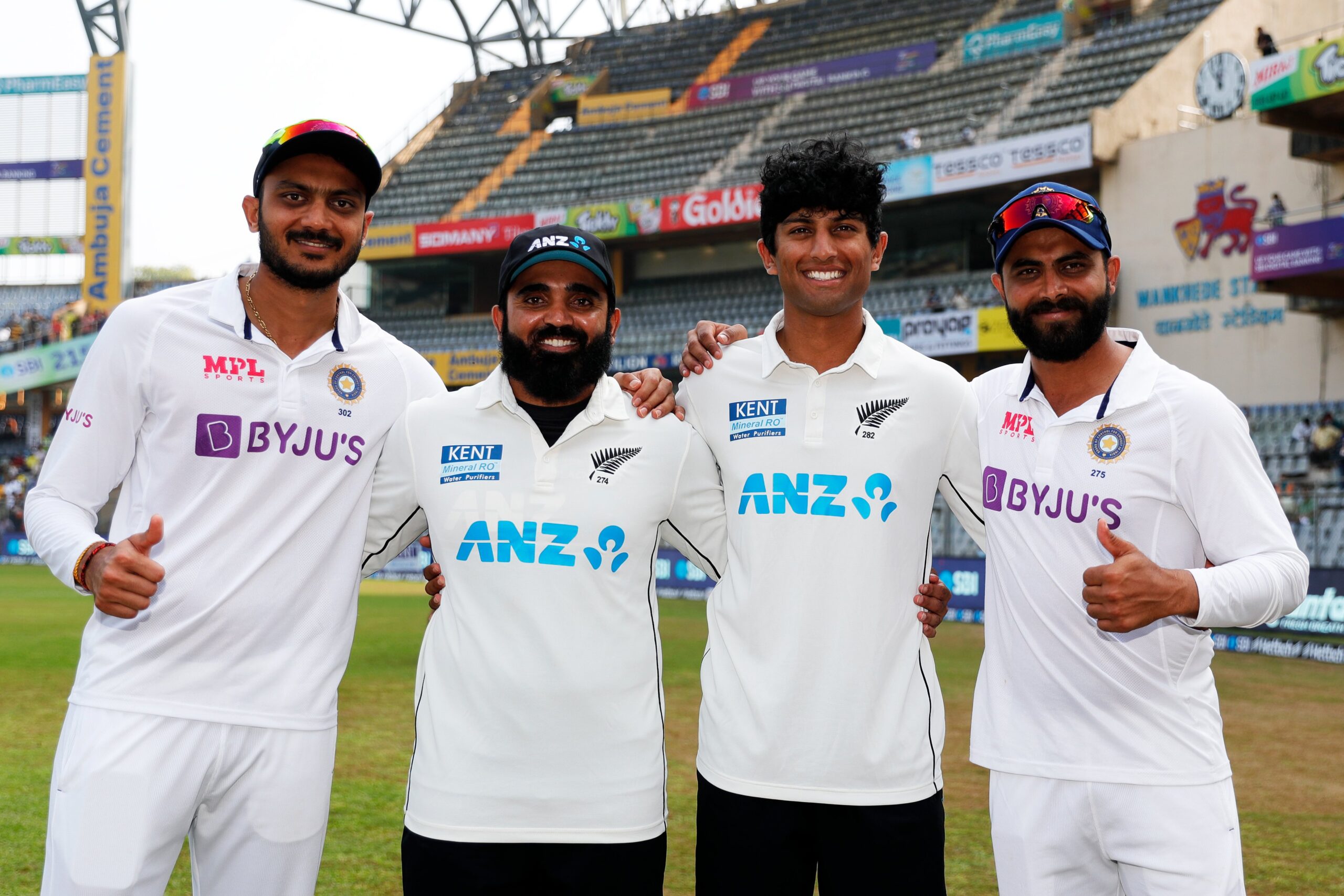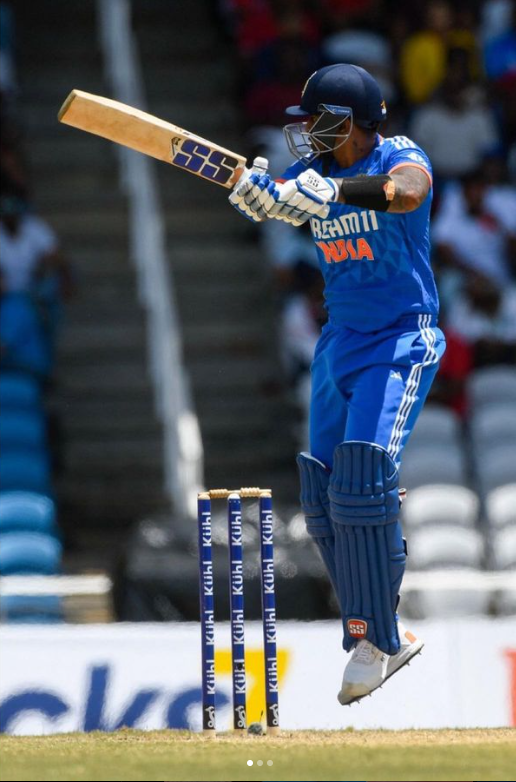
Witnessing Rohit Sharma’s performance on a slow and challenging pitch in Lucknow, one can truly appreciate the skills of a master at the peak of his abilities. When Rohit plays on such red soil, which is favorable to spin bowlers, he unveils a remarkable array of shots that few in the Indian cricket team, and perhaps even in the world, can match. It’s reminiscent of watching Rafael Nadal dominate opponents on a clay court.
Throughout the World Cup, Rohit Sharma has taken on every bowler with aggression. However, the conditions and match situation in Lucknow required a change in approach. Rohit had to exhibit his mental strength, let go of his ego, adopt a more patient strategy, and capitalize on the opposition’s errors.
In front of a capacity crowd at the Ekana Stadium, with wickets falling at the other end, Rohit demonstrated once again why he excels in such circumstances. During his innings of 87 off 101 balls against England on a slow surface, he displayed adaptability. Unlike his previous games, where he would dominate bowlers right from the start, he adopted a more measured approach.
It took Rohit eight balls to find his rhythm. David Willey, who began with a maiden over, faced the brunt of Rohit’s attack in his second over. Rohit stepped down the track to clear mid-on and get going. This was followed by his signature pull shot over deep mid-wicket. The climax came on the final ball of the over when he once again danced down the track and hit straight over Willey’s head. In this over, Rohit accumulated 18 runs, making it the most expensive over of the innings.
As Rohit watched Shubman Gill, Virat Kohli, Shreyas Iyer, and later KL Rahul losing their wickets, he adjusted his approach. Gill and Iyer succumbed to their vulnerabilities, while Kohli and Rahul had soft dismissals while trying to take on Willey. In the 14th over of the match, Rohit demonstrated the right approach when he stepped down the track to hit Chris Woakes, who was probably delivering his best ODI spell in India, over mid-on for a boundary.
Despite the challenging surface, Rohit exhibited his expertise in handling spin bowlers. Instead of attempting to overpower them, he utilized his finesse, playing an inside-out shot over cover against Adil Rashid, executing a reverse-sweep and a late-cut against Liam Livingstone. Perhaps the best shot of his innings came in the 29th over against Livingstone when Rohit danced down the track, reached the pitch of the ball, employed his wrists, and chipped it over mid-wicket for a boundary.
In many ways, this innings was uncharacteristic of Rohit. He began slowly, shifted to a higher gear, and, with the England bowlers being relentless, toned down his approach. Rohit displayed full control of his innings.
Rohit Sharma has already scored a century in this World Cup, but with this knock, he once again showcased how much he has evolved as a batsman since being asked to open the innings in white-ball cricket back in 2013.
Rohit has always been highly regarded, and his batting has consistently left fans, experts, and teammates in awe. Over the years, he has amazed everyone with his stroke-play in limited-overs cricket. However, his performance in Lucknow was more reminiscent of Rohit, the Test batsman, rather than the high-risk opener seen in shorter formats of the game.









